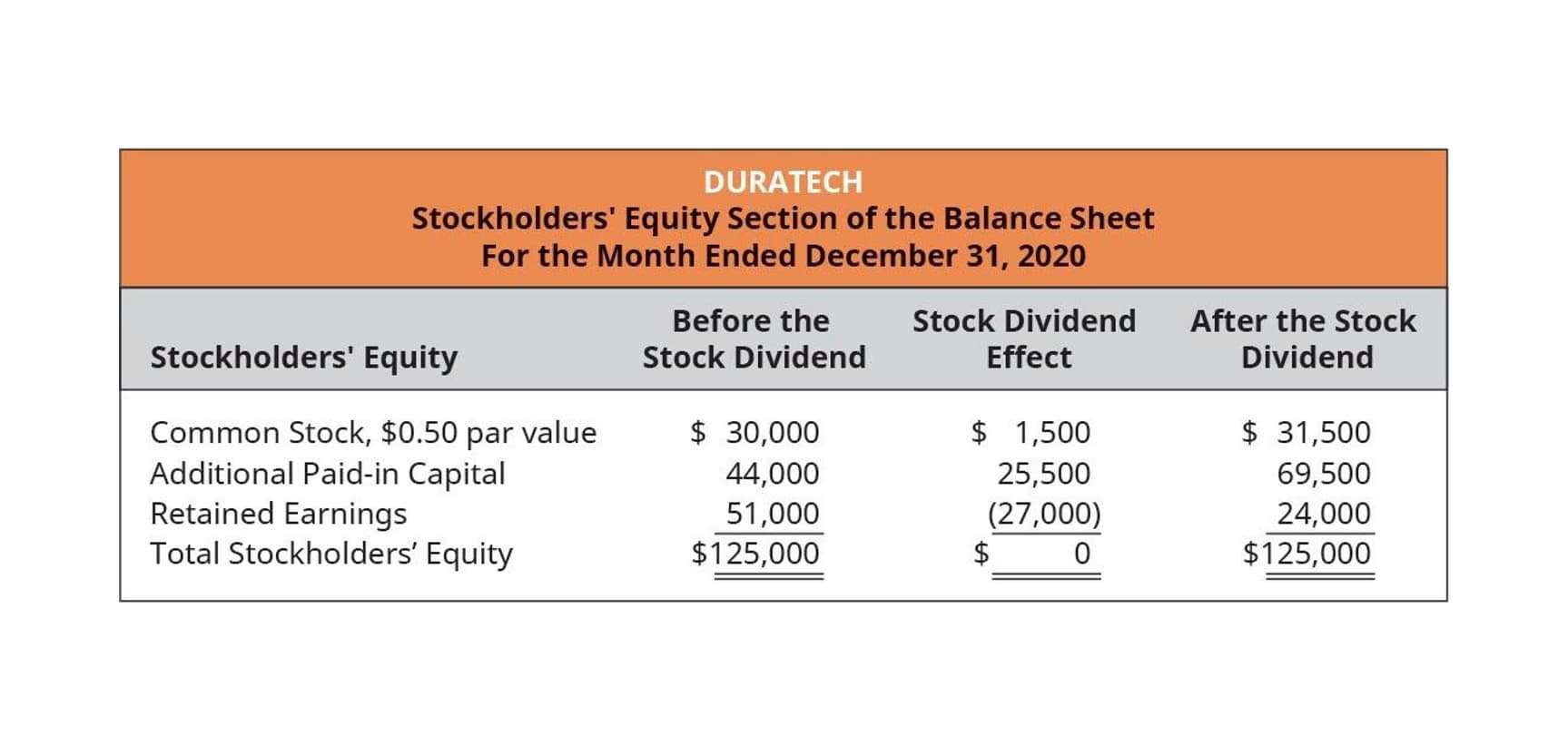In March 2018 the Board published its Conceptual Framework for Financial Reporting. It suggests that the SOPL should provide the primary source of information about the entity’s financial performance for the reporting period. However, the Board may also provide exceptional circumstances where income or expenses arising from the change in the carrying amount examples of comprehensive income of an asset or liability should be included in OCI. This will usually occur to allow the SOPL to provide more relevant information or provide a more faithful representation of an entity’s performance. Whilst this may be an improvement on the absence of general principles, it might be argued that it does not provide the clarity and certainty users crave.

Accumulated Other Comprehensive Income: Balance Sheet Example
Examples of items recognised in OCI that may be reclassified to profit or loss are foreign currency gains on the disposal of a foreign operation and realised gains or losses on cash flow hedges. Those items that may not be reclassified are changes in a revaluation surplus under IAS 16® , Property, Plant and Equipment, and actuarial gains and losses on a defined benefit plan under IAS 19, Employee Benefits. The Wellbourn Services Ltd. statement of income, shown earlier, is an example of a typical single-step income statement. For this type of statement, revenue and expenses are each reported in the two sections for continuing operations.

Are Unrealized Gains Taxable?
On the other hand, gains on the revaluation of land and buildings accounted for in accordance with IAS 40, Investment Properties, are recognised in SOPL and accumulate in equity as part of the Retained Earnings (RE). The gains and losses from Franklin’s business investments are not included on the company’s income statement because those investments are “unrealized”, meaning they are still in play. Other comprehensive income (OCI) is an important component of comprehensive income, but they are not interchangeable. OCI, sometimes referred to as comprehensive earnings, represents specific types of unrealized gains and losses that are not included in a company’s net income.
Benefits of Outsourcing Bookkeeping for Your Small Business
- Similarly, it highlights both the present and accrued expenses – expenses that the company is yet to pay.
- She has worked in multiple cities covering breaking news, politics, education, and more.
- It explains everything from the cost of goods sold (which translates to the cost of operating activities) to other unrelated incurred costs, such as taxes.
- OCI, sometimes referred to as comprehensive earnings, represents specific types of unrealized gains and losses that are not included in a company’s net income.
- Richard needs a comprehensive income statement to get the complete picture, and requests one.
- Additionally, it can improve comparability where IFRS standards permit similar items to be recognised in either profit or loss or OCI.
It also helps determine the impact of future liabilities on unrealized profits. The first step in creating an income statement is deciding on the reporting period for your report. Annual, quarterly, or monthly income statements are the most common choices for businesses. Financial statements must be prepared quarterly and annually for publicly traded corporations, but small businesses are not subject to the same reporting requirements.
Predict Future Performance
Other comprehensive income is also not the same as „comprehensive income”, though they do sound very similar. Comprehensive income adds together the standard net income with other comprehensive income. Yes, it is included in the SSE, and is usually given a column of its own, labelled AOCI. A “gain” would cause the OCI account to increase (credit), while a “loss” would cause the OCI account to decrease (debit).
Main Elements of Financial Statements: Assets, Liabilities, Equity, Revenues, Expenses
When preparing the income statement (or statement of comprehensive income) it’s important to note that discontinued operations amounts should be reported net of tax. The multiple-step format with its section subtotals makes performance analysis and ratio calculations such as gross profit margins easier to complete and makes it easier to assess the company’s future earnings potential. If accounts payable decreased by $9,000 the corporation must have paid more than the amount of expenses that were included in the income statement. Paying more than the amount in the income statement is unfavorable for the corporation’s cash balance.
- Retained earnings are the funds leftover from corporate profits after all expenses and dividends have been paid.
- When an asset has been sold, and therefore there will no longer be a fluctuation in its value, the realized gain or loss from the sale must be transferred from the balance sheet to the income statement.
- In financial accounting, corporate income can be broken down in a multitude of ways, and firms have some latitude on how and when to recognize and report their earnings.
- The SCF is necessary because the income statement is prepared using the accrual method of accounting (as opposed to the cash method).
- Whereas, other comprehensive income consists of all unrealized gains and losses on assets that are not reflected in the income statement.
- This in turn affects the quality of earnings reported in an income statement.
Financial Statements Outline
Take note of the balance sheet (i.e., the statement of financial position), which is directly related to the statement of changes. It plays a key role in investor analysis and gauging financial performance. It tells investors how much a company has through the net assets, how much it owes in the liability column, and what is left after the two are net. Even though you may not be concerned with the statement of comprehensive income as a small business owner, it’s good to be familiar with what goes into this monthly financial report or in the annual report. Who knows when you’ll be seeking new investors or expanding to multiple countries. However, since it is not from the ongoing operations of the company’s normal line of business, it is not appropriate to include it in the traditional income statements.
- Note that the $95,000 appears as a negative amount because the outflow of cash for capital expenditures has an unfavorable or negative effect on the corporation’s cash balance.
- Comprehensive Income or Statement of Comprehensive Income is a financial performance statement that listed down all profit and loss and other comprehensive income of entity for the period of time.
- If you want to scale and grow your business, you have to pay attention to these statements.
- A company might invest its free cash in the stock of another company.
- One thing you’ll note is that these elements rarely occur in small or midsize business enterprises.
By offering predictive value, you can plan, strategize your business, and prepare for the future. As a small business owner, having a statement of comprehensive income is crucial if you’re interested in bringing investors on board in the near future. The statement of comprehensive income is among the financial reports an investor is interested in reviewing before investing in a business. Even though the income statement is the primary indicator of profitability, other comprehensive income or losses increase the transparency and reliability of financial reporting. This transaction is recognized at the acquisition price on Firm A’s balance sheet and is carried forward until the stock is sold. The entry in the balance sheet, on the other hand, would be incorrect if the stock price increased.





